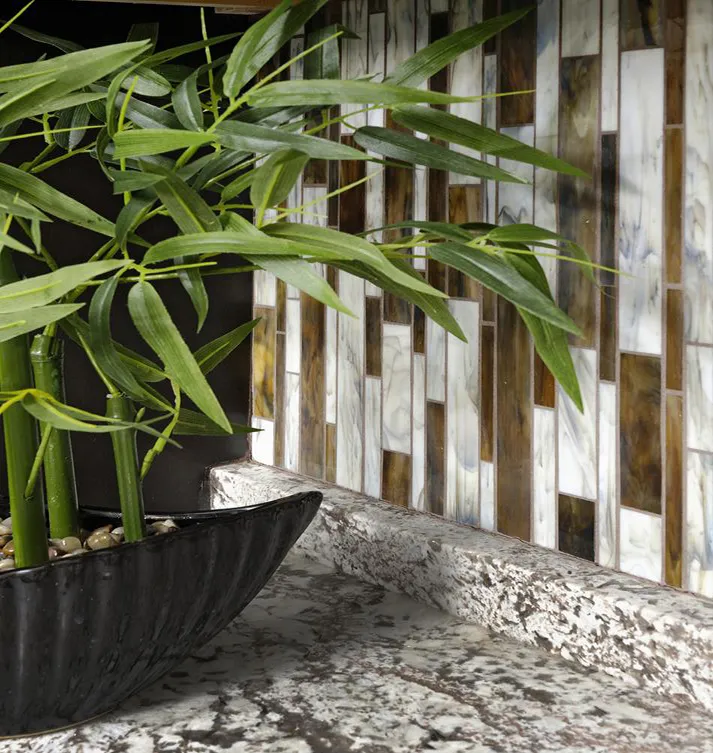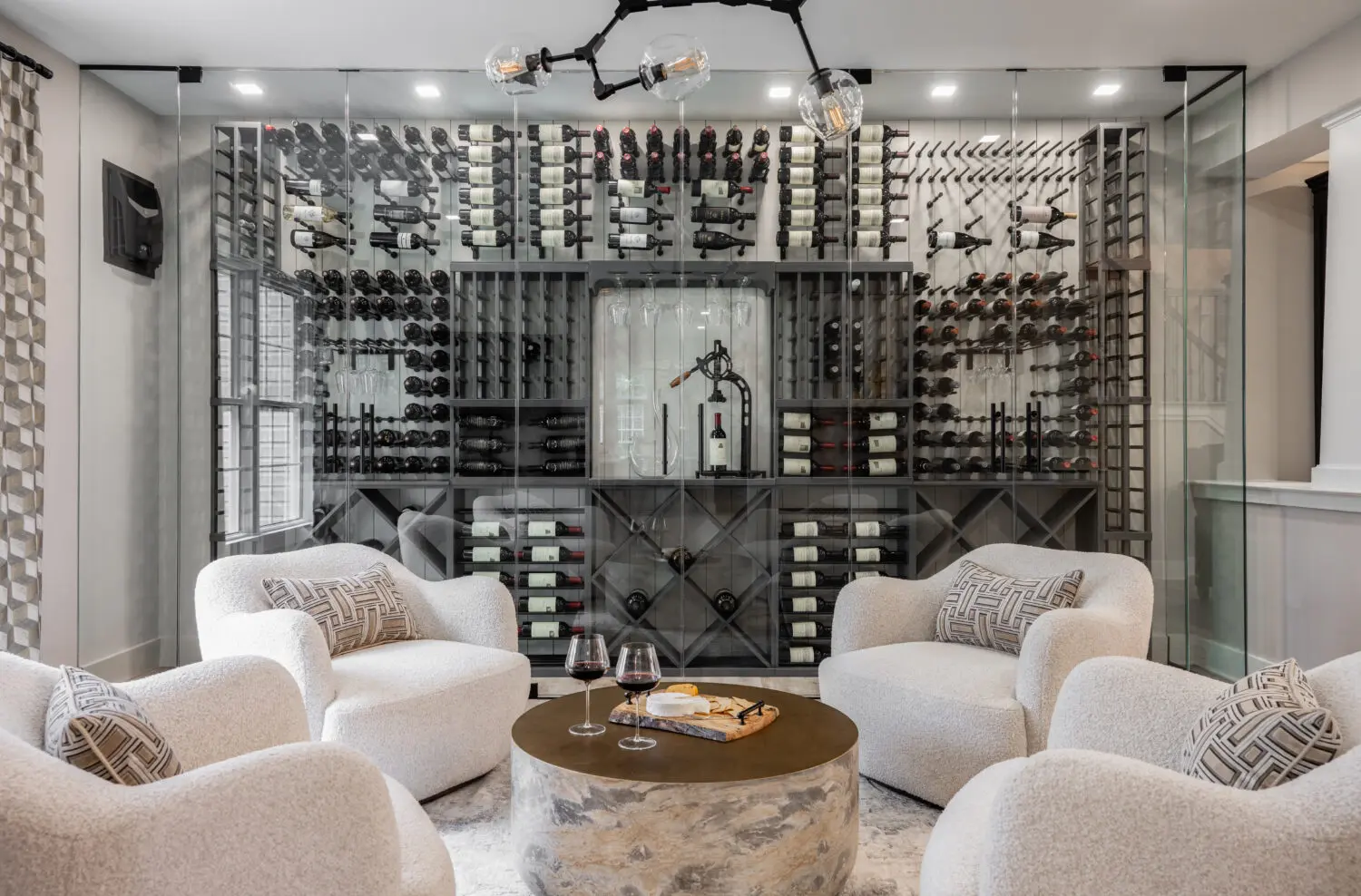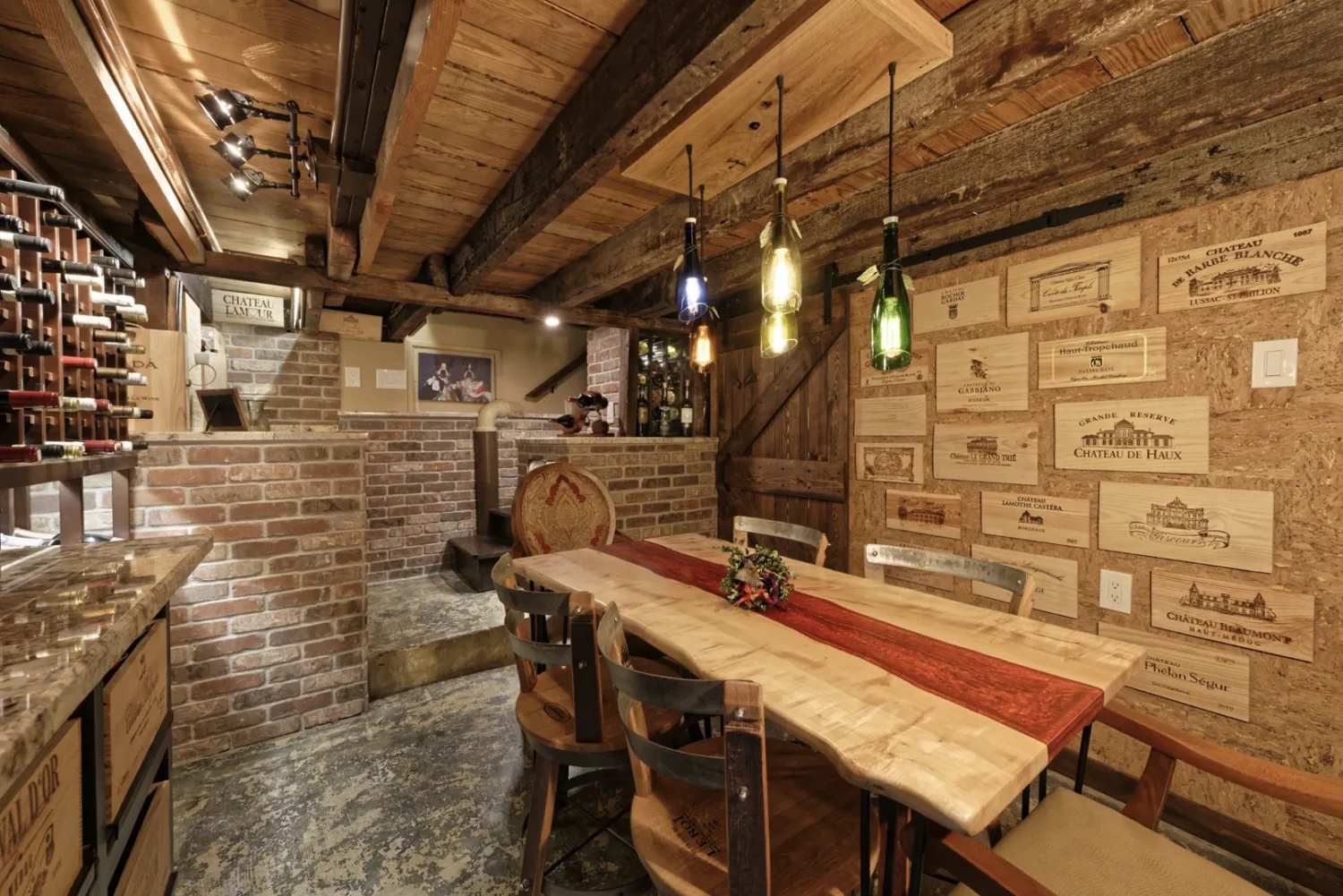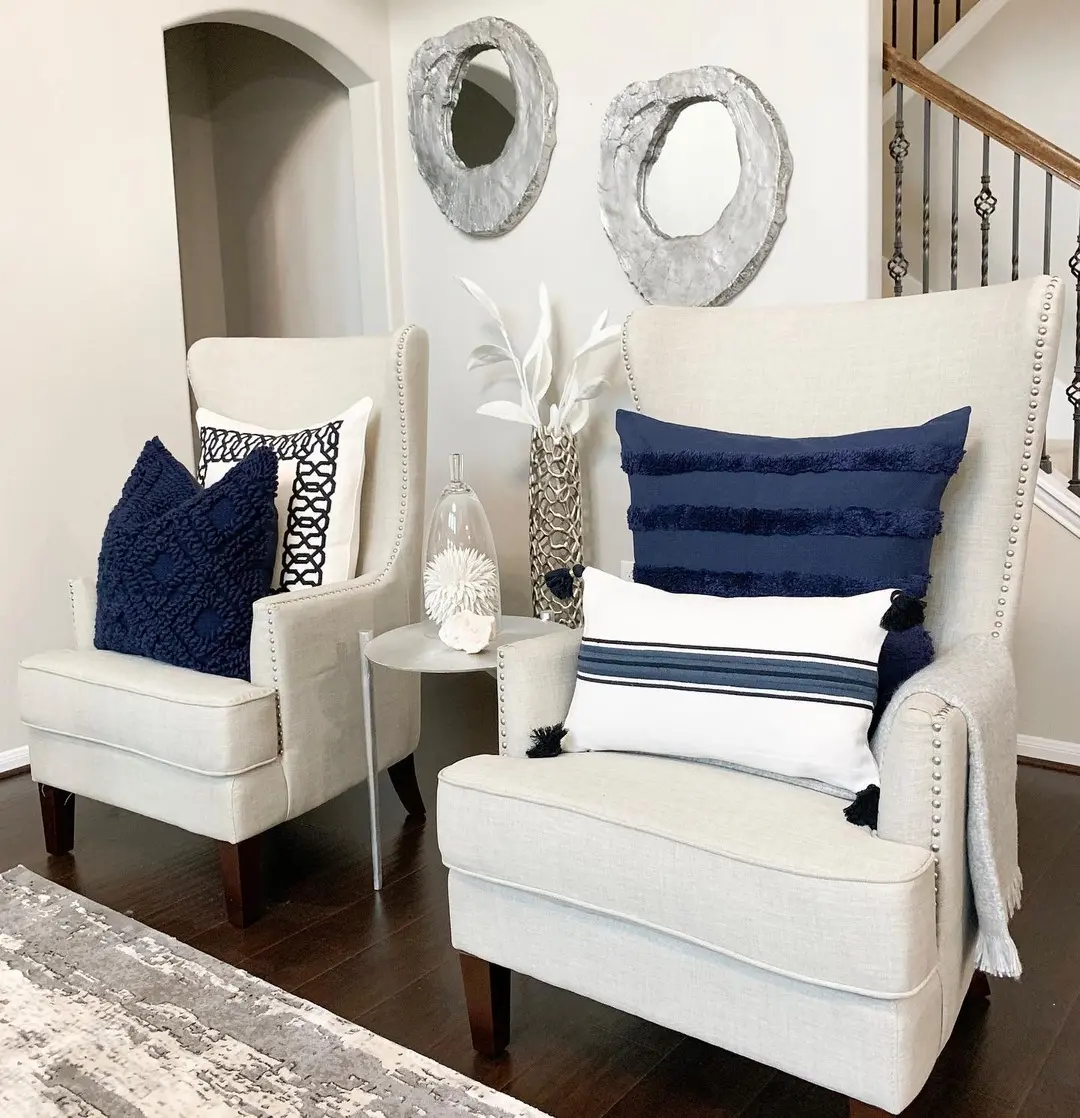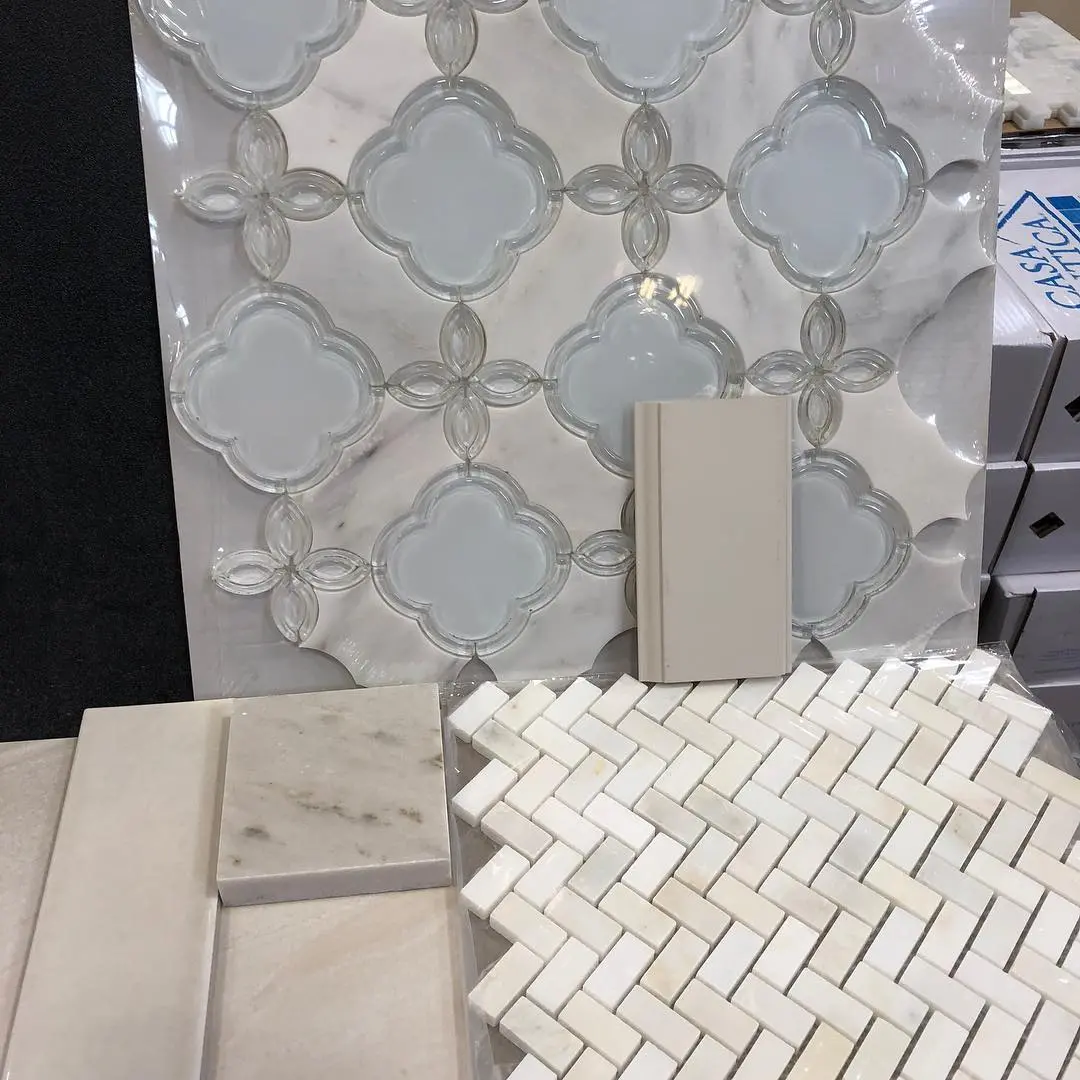The Japandi Revolution: A Fresh Take on Modern Luxury
Picture a home where simplicity meets sophistication—a sanctuary of clean lines, natural textures, and effortless elegance. This is Japandi design, a masterful blend of Scandinavian functionality and Japanese minimalism that’s redefining modern luxury. For homeowners in Washington, DC, and Northern Virginia, Shea Studio Interiors brings this innovative style to life, creating spaces that prioritize both beauty and purpose. Whether you’re refreshing a compact condo or redesigning a spacious estate, Japandi offers a timeless way to address common pain points like clutter, uninspired decor, and chaotic layouts. Let’s dive into how this design philosophy can transform your home into a harmonious retreat, perfectly suited to the discerning tastes of the DC metro area.
What sets Japandi apart is its ability to turn frustration into flow. Tired of rooms that feel overstuffed or outdated? Japandi’s thoughtful approach strips away excess, replacing it with intentional pieces that serve your lifestyle. In a region where historic charm meets modern ambition, this style bridges the gap, offering a fresh perspective that respects the past while embracing the future. At Shea Studio Interiors, we’ve seen clients light up as their spaces evolve from disjointed to serene, proving that luxury doesn’t need to shout—it whispers through balance and restraint.
What Is Japandi Design?
Japandi design is a hybrid aesthetic that unites two iconic traditions. Scandinavian influence contributes light-filled, practical spaces with functional furniture, while Japanese heritage adds minimalist elegance, natural materials, and a deep sense of intentionality. The result? A cohesive style that’s both modern and soulful—think oak wood accents, neutral color schemes, and open layouts that exude calm.
For residents of Northern Virginia and Washington, DC, Japandi resonates with a growing need for balance in busy, urban lifestyles. A Houzz survey from 2023 showed that many homeowners prefer designs that reduce visual clutter, aligning with Japandi’s appeal. At Shea Studio Interiors, we’ve witnessed how this approach turns ordinary rooms into extraordinary havens. Want to see how we do it? Visit Our Design Philosophy for a closer look at our process.
Why Is Japandi Gaining Popularity in 2025?
Today’s homeowners crave spaces that offer more than just visual appeal—they want meaning, tranquility, and longevity. Japandi’s meteoric rise reflects this shift. Architectural Digest’s 2025 trends report highlights the evolution of the ‘hybrid home,’ noting that modern designs now focus on adaptability, seamlessly blending functionality with personal comfort—a hallmark of Japandi’s appeal. This popularity stems from its ability to solve everyday frustrations: overstuffed rooms, fleeting trends, and a lack of cohesion in home decor.
In Washington, DC, where historic row houses coexist with sleek modern builds, Japandi’s adaptability shines. Its emphasis on sustainability—featuring eco-friendly materials like bamboo, linen, and reclaimed wood—also aligns with the values of eco-conscious locals. The U.S. Green Building Council notes that sustainable design adoption has grown by 19% in urban areas since 2020, a trend we see reflected in our projects at Shea Studio Interiors. Check out our reviews to see Japandi in action across the DC metro region.
How Can Japandi Transform Your Home?
Creating Calm with Minimalist Decor
Clutter can sap the joy from any space. Japandi counters this by stripping away the unnecessary, leaving only items that serve a purpose or inspire happiness. Imagine a living room with a low-profile sofa, a handcrafted wooden coffee table, and soft, ambient lighting—no chaos, just clarity. For DC homeowners, this approach is a game-changer, especially in smaller urban dwellings where space is at a premium.
Enhancing Functionality
Rooted in Scandinavian principles, Japandi ensures every element pulls its weight. Hidden storage solutions, multi-functional furniture, and open shelving keep your home practical without compromising style. A 2023 AIA study found that most homeowners value functionality over decorative excess, a strength of Japandi design.
Adding Warmth with Natural Textures
Japanese influence introduces warmth through organic materials like stone, wool, and cedar. These textures soften the sharp edges of minimalist design, creating an inviting atmosphere. At Shea Studio Interiors, we incorporate locally inspired elements—think Virginia-sourced wood or Potomac River stone—to connect your home to its surroundings.
Top Trending Questions About Japandi Design
What Are the Key Elements of Japandi Style?
Readers often ask about Japandi’s core traits. It’s all about balance: neutral tones (think beige, gray, and muted greens), organic materials, and uncluttered layouts. Designers note that this blend of Scandinavian simplicity and Japanese refinement continues to captivate homeowners seeking calm, cohesive spaces. Pair a Scandinavian sofa with a Japanese shoji screen, and you’ve captured the essence. For expert tips, check out Dwell’s Guide to Minimalism.
How Does Japandi Differ from Minimalism?
A frequent query we hear: how does Japandi stand apart from pure minimalism? While both embrace simplicity, Japandi infuses warmth and texture that minimalism often skips. Minimalism can feel sterile; Japandi feels lived-in and welcoming. This distinction makes it ideal for Washington, DC’s eclectic mix of tastes, from Capitol Hill traditionalists to Dupont Circle modernists.
Is Japandi Expensive to Implement?
Not necessarily. While custom pieces can raise costs, Japandi thrives on quality over quantity. Experts often point out that minimalist designs, like Japandi, can be more cost-effective than trend-driven styles by focusing on fewer, well-chosen elements. Shea Studio Interiors offers tailored solutions to fit your budget—contact us to discuss your vision.
Can Japandi Work in Small Spaces?
Absolutely. Its space-saving ethos shines in apartments or row houses. Zillow’s 2025 home trends report reveals that listings mentioning ‘cozy’ have surged by 35% compared to 2024, signaling a shift toward smaller, more efficient spaces that prioritize affordability and sustainability—qualities Japandi embodies. With its low-profile furniture and smart storage, this style meets the needs of city dwellers in Washington, DC, and Northern Virginia seeking harmony in compact living.
How Do You Maintain a Japandi Space?
Maintenance is simpler than you’d think. Regular decluttering, dusting natural surfaces, and avoiding over-decoration keep the look intact. Design experts commonly suggest cleaning wooden elements with mild, natural solutions to preserve their beauty—guidance we follow at Shea Studio to keep your Japandi space pristine.
Bringing Japandi to Your Washington, DC Home
Ready to embrace Japandi? Start with small steps: declutter a room, introduce a wooden accent, or trade bold hues for soft neutrals. For a complete overhaul, trust Shea Studio Interiors. As interior designers in DC, we specialize in crafting Japandi-inspired homes that reflect your unique story and lifestyle. Our clients rave about the calm and luxury we deliver—read their experiences on our Testimonials page.
For deeper insights into sustainable design practices, explore EPA’s Green Building Guidelines or LEED Certification Standards. Ready to transform your space into a Japandi masterpiece? Reach out for a free consultation with Shea Studio Interiors today!
Frequently Asked Questions
Q: How long does it take to design a Japandi room?
A: Project timelines depend on scope, but a single room typically takes 4-8 weeks with Shea Studio Interiors. Customization and sourcing quality materials ensure a lasting result.
Q: What colors work best for Japandi?
A: Opt for muted tones—white, gray, taupe, or earthy greens. Add black or wood tones for subtle contrast, keeping the palette cohesive.
Q: Can Japandi fit historic DC homes?
A: Yes! Its clean lines enhance classic architecture while updating the ambiance—perfect for Georgetown’s charm or Adams Morgan’s character.
Q: Are there Japandi furniture brands to explore?
A: Look into Muuto (Scandinavian) or Muji (Japanese) for authentic pieces. We blend these with custom designs for a personalized touch.
Q: How does Japandi improve daily living?
A: Japandi enhances daily life by creating clutter-free, calming spaces that reduce stress and boost focus. Its functional layouts streamline routines, while natural elements lift your mood—ideal for busy DC and Northern Virginia households.
Final Thoughts on Japandi Design
Japandi design offers Washington, DC, and Northern Virginia homeowners a sophisticated yet practical solution to elevate their living spaces. By merging Scandinavian efficiency with Japanese tranquility, it tackles clutter, functionality, and aesthetic fatigue with grace. At Shea Studio Interiors, we’re dedicated to bringing this elegant style to your doorstep, tailored to your needs and the unique character of our region.
This isn’t just a trend—it’s a lifestyle shift that resonates with today’s values. As homeowners increasingly seek spaces that reflect sustainability and mindfulness, Japandi stands out as a forward-thinking choice. Our team at Shea Studio Interiors has witnessed its transformative power firsthand, from Georgetown townhouses to Arlington lofts, where clients rediscover joy in their surroundings. Why settle for chaos when you can have clarity? Take the next step toward a home that inspires peace and pride—embrace the calm and luxury of Japandi. Contact us at Shea Studio Interiors for a personalized design plan today!

